Dropped objects
The unseen menace
By Philip Woodcock
Wyndward Maritime Ltd.
As the B.C. maritime industry starts to prepare itself for the boom that will come from the development of LNG exports, focus on the risks from dropped objects will only increase.
The fitting of secondary retention devices like stainless steel nets on vulnerable equipment such as lights, speakers and cameras will not prevent a dropped object incident occurring but will reduce the consequences.
Workers’ injuries because of dropped or falling objects occur all too often in British Columbia. According to Worksafe BC, 2,012 workers were struck by falling objects in 2017 with over 10,600 injuries recorded since 2013. This resulted in claims of nearly $26 million in 2017 excluding costs for health care and rehabilitation benefits. Incidents of falling objects represented over four per cent of the 54,386 claims handled by Worksafe BC in 2017. The number of claims resulting from industries related to the maritime sector was 118 between 2013 and 2017 resulting in nearly $1.7 million dollars in claims. Of this, vessel operations accounted for 27 per cent of injuries and 25 per cent of the claims value with ferry operations reporting the largest number of maritime incidents but log towing the largest in claims value.
Worksafe BC defines an injury caused by falling objects as “those where the injury to the worker was caused by the contact or impact between the source of the injury (e.g., an item on a shelf) and the workers, and where the source of injury was falling from an elevation to a lower level.” Not surprisingly, workers in restaurants, supermarkets and large retail stores are the three largest contributors to claims due to the large amount of objects stored at height on shelves or racking. The construction industry is also a significant contributor with the consequences being higher due to the weight and heights involved. To give some context, the American Bureau of Labour Statistics report that 4.5 per cent of workplace fatalities in 2017 were caused by workers being struck by falling objects with a frequency of 230 workplace injuries occurring per 100,000 employees. While in the United Kingdom, the Health & Safety Executive reported that 16 per cent of workplace fatalities were caused by being struck by a moving or falling object, and a frequency of 160 might have prevented the incident occurring while the victim wearing a safety helmet would have reduced the consequences.
Shipyards have inherent risks for dropped object incidents to occur both from simultaneous work or lifting operations. This risk is increased in repair yards as there could be ship’s crew, yard personnel or subcontractors working simultaneously. These teams can be doing major works such as steel or equipment replacement, or less intense activities such as painting, inspections or minor repairs. Without close attention to work planning, there is a risk of one team working or lifting above another which introduces risk. Control of these works can be difficult to manage between the vessel’s Chief Officer and the Yard’s Project Manager and thus needs to be clearly discussed and decided during pre-contract meetings.
Dropped and falling objects present a serious risk to B.C. workers in general and to the maritime industry in particular. Whether in routine shipboard operations, cargo handling in port or in the shipyard, the risks need to be understood and taken per 100,000 employees being injured in the same manner.
A whitepaper released by dropped object prevention specialist, Dropsafe (www.dropsafe. com), highlights several incidents and best practices identified in the offshore oil industry and show where the knowledge could be transferred into the offshore wind industry. Although there is no offshore wind or oil exploration industries in B.C. waters at this time, their guidance on risks in the maritime environment can only make sense across any industry. Vessels operate in the highly corrosive saltwater environment and are exposed to high levels of vibrations and extreme accelerations and are often old. Equipment placed at height such as floodlights, communications domes or cameras can all suffer corrosion to their fittings if not inspected and maintained or can be knocked off if struck by a crane, rope or other object. When combined with the fact that a vessel at sea is a long way from medical facilities, this should make awareness of the risks from dropped and falling objects an important element in the overall risk register.
As the B.C. maritime industry starts to prepare itself for the boom that will come from the development of LNG exports, focus on the risks from dropped objects will only increase. When companies like LNG Canada make their aspiration to be “the safest project on earth” known, vessel operators will have to be prepared to take all necessary steps to ensure safe operations. As the developers of these mega-projects have a significantly lower tolerance for risk than the conventional commercial shipping world, local suppliers will have to look to into account. Performing a DROPS survey on a vessel or worksite can be one way of identifying equipment at risk and raising awareness of workers. The fitting of secondary retention devices like stainless steel nets on vulnerable equipment such as lights, speakers and cameras will not prevent a dropped object incident occurring but will reduce the consequences. In areas where it is common to have personnel working on a level higher than others, the statutory required toeboards and guardrails can be supplemented with barriers which will reduce the chance of objects falling or ricocheting through.
As large civil construction projects gather momentum on the coast, vessel operators will have to raise their operational and safety performance to a new level and this will include considering all risks to workers.
industries outside of coastal shipping for leadership on safety. Organizations like the Dropped Object Prevention Scheme (www.dropsonline.org) provide invaluable information about the risks from dropped and falling objects including lessons learned from incidents, recommended work practices, guidance information and links to trainers and providers of dropped object
prevention tools.
The risk to maritime workers from dropped and falling objects does not only exist from equipment and actions on the vessel. There is always risk when the source of the risk is at a height above workers such as port or shipyard operations. Port operations were the largest risk area in both frequency and value of maritime claims. Stevedoring, marine container terminal operations and general wharf operations accounted for 73 per cent of reported injuries and 75 per cent of claims in value. This highlights the obvious point that lifting increases the risk of dropped object incidents. Interestingly, when stevedoring is broken out, although it only accounts for 10 per cent of total injuries in the period, the claims value forms a significant 35 per cent of the total maritime claims.
Personnel working at height create risk to anyone working in the vicinity beneath them even if the immediate area below the worksite is cordoned off. A 2015 article in Canadian Occupational Safety Magazine cited an incident on a construction site in America where a delivery driver suffered a fatal injury when struck in the side of the head by a measuring tape that fell 50 stories and was deflected on the way down. Tool tethering, toeboards and effective barriers Awareness of the risks caused by dropped and falling objects and potential mitigation strategies available will be apart of developing a safe system of work acceptable to clients.
Philip Woodcock is Director of the newly founded maritime consultancy, Wyndward Maritime Ltd., based in Victoria, B.C. Wyndward Maritime provides a broad range of services to the maritime industry by leveraging Philip’s international contacts and 28 years of experience with cost-effective solutions for companies either in Canada or looking to enter the Canadian market. This track record includes a detailed knowledge of the offshore wind and oil & gas industries; cruise; ship sale, purchase and chartering; and the regulatory environments that surround them. He can be reached at p.woodcock@wyndwardmaritime.com.



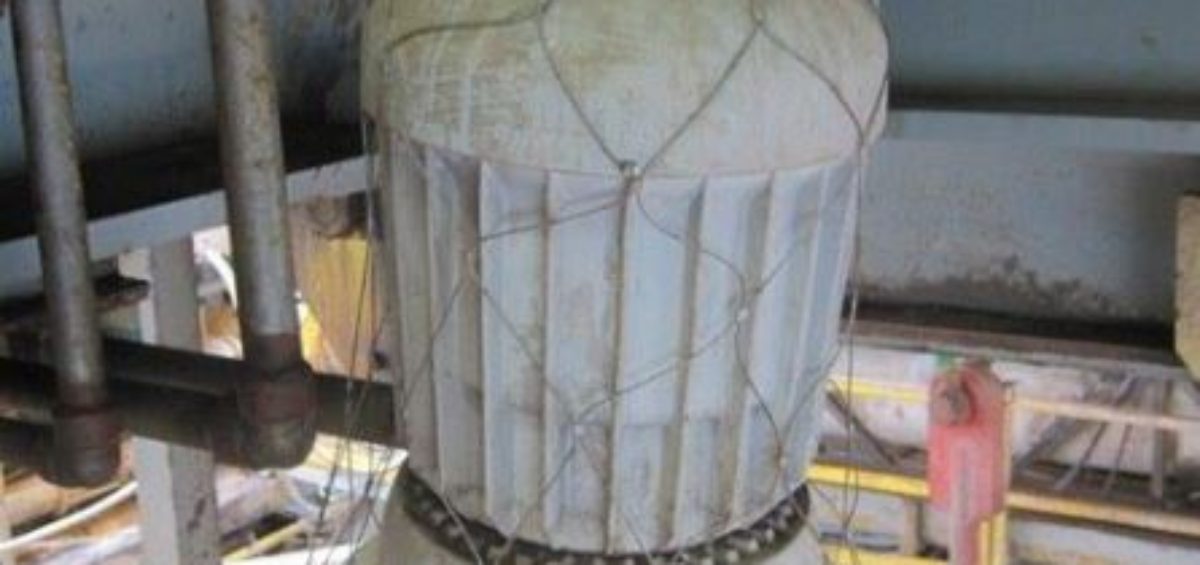
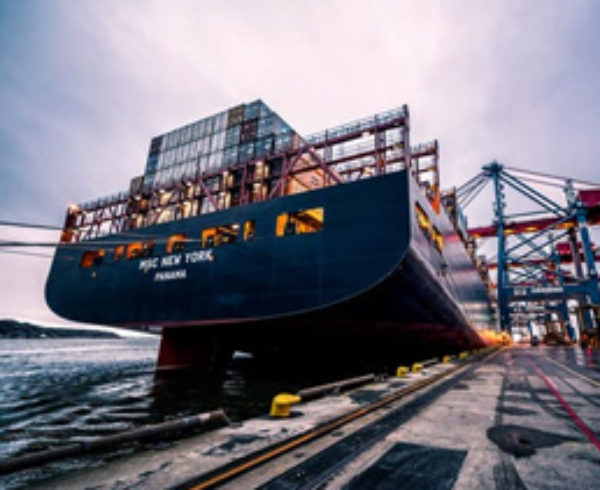
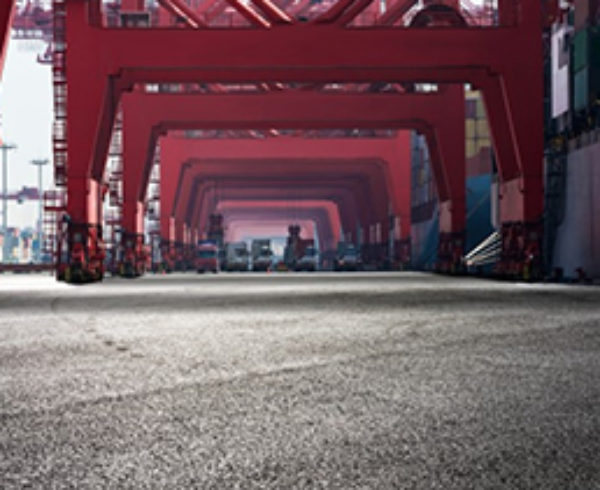
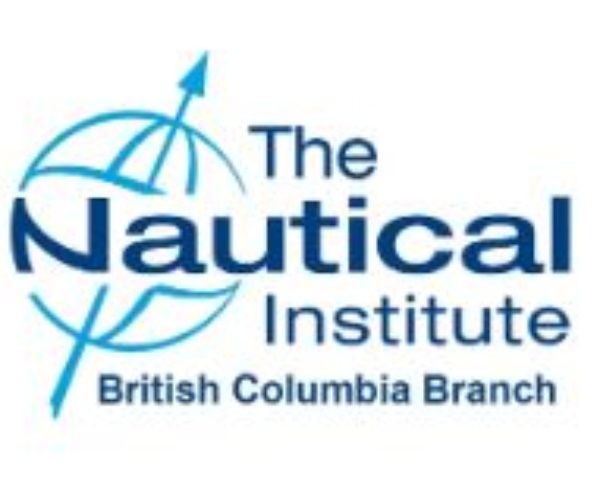
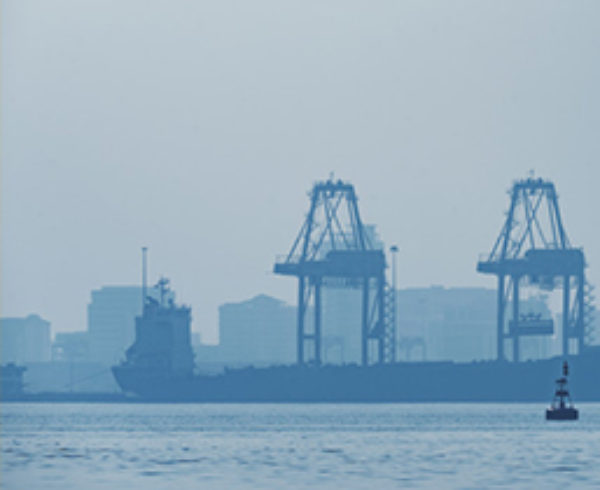
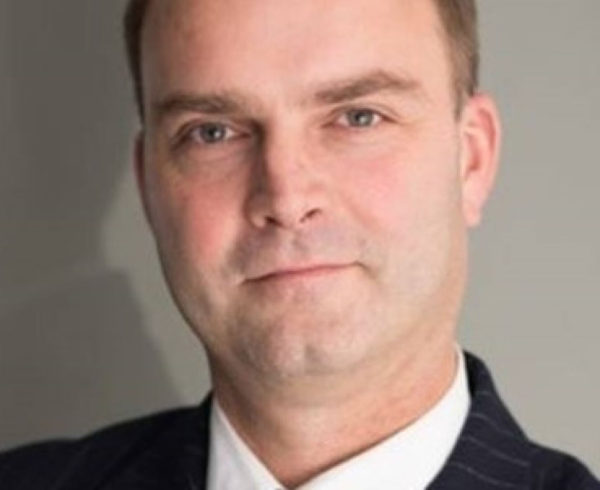
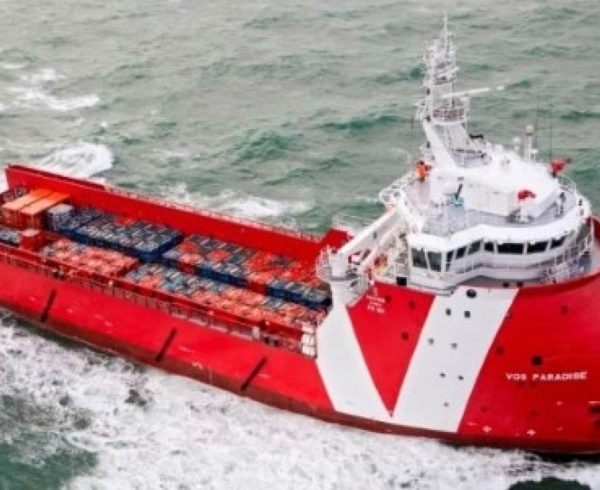
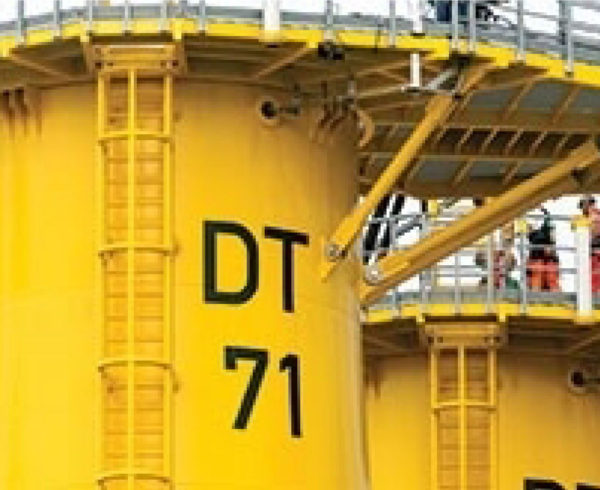
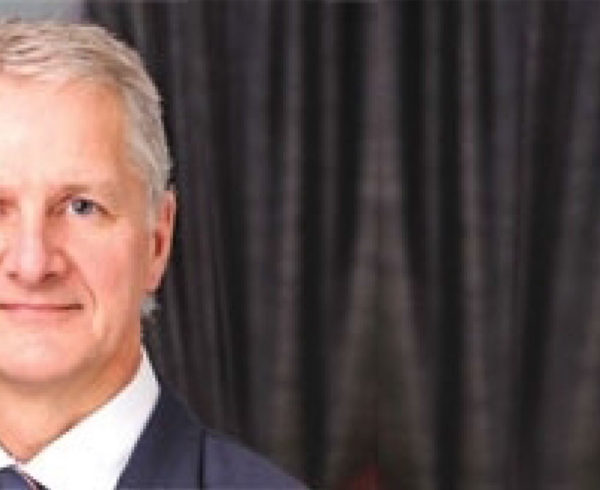

Leave a Comment